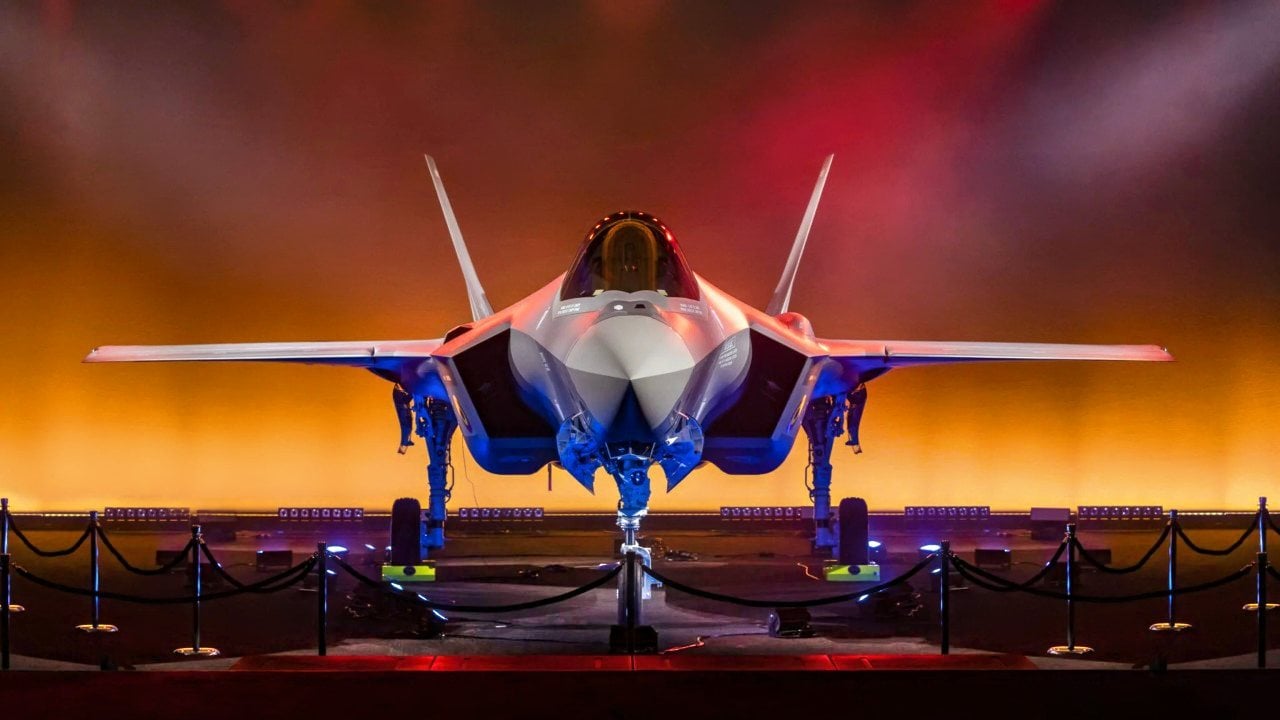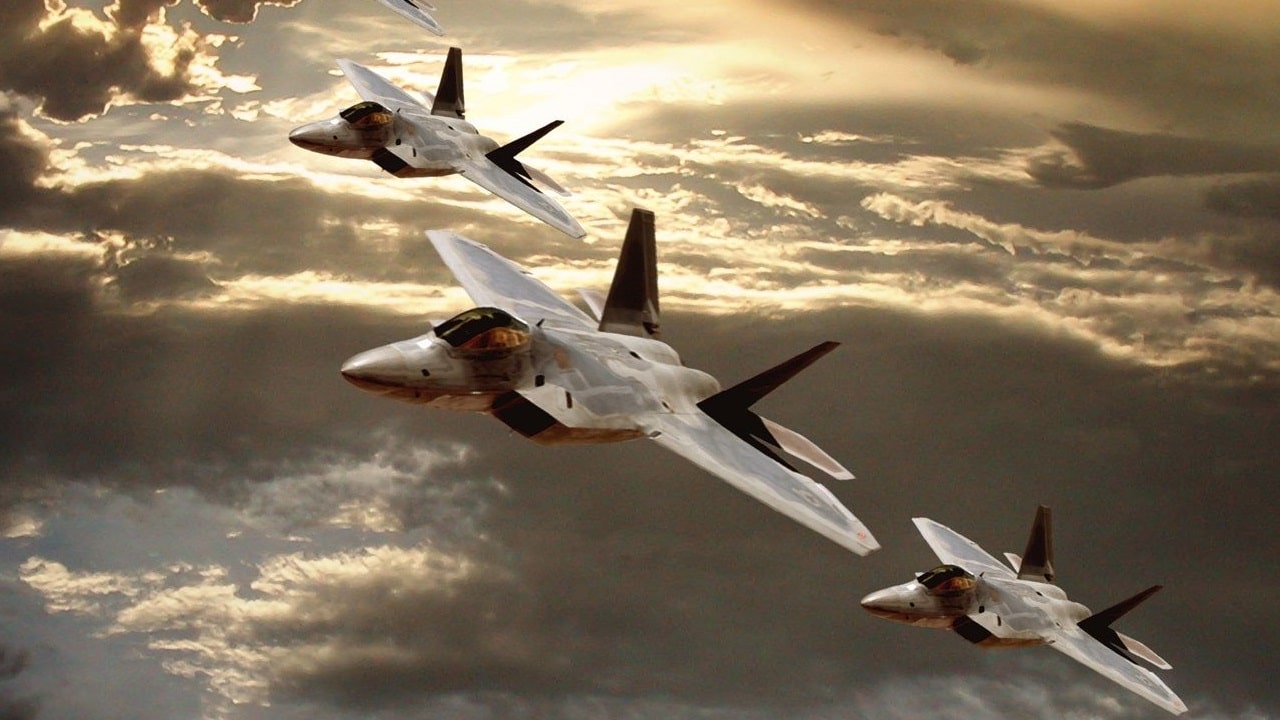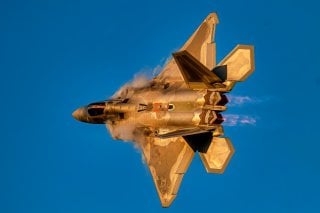'Stealth Tankers' What the F-22 and F-35 Would Love and China Would Freak
Lockheed Martin’s Skunk Works has revealed concept imagery for the KC-Z, a next-generation stealth aerial refueling tanker that may be piloted or unmanned. The KC-Z aims to support stealth aircraft such as the F-35, with anticipated readiness in the 2030s to 2040s.
What You Need to Know: Lockheed Martin’s Skunk Works has revealed concept imagery for the KC-Z, a next-generation stealth aerial refueling tanker that may be piloted or unmanned. The KC-Z aims to support stealth aircraft such as the F-35, with anticipated readiness in the 2030s to 2040s.

-This tanker is part of a broader modernization initiative that includes the Air Force’s NGAD sixth-generation fighter and B-21 Raider bomber, as well as the Navy's F/A-XX program.
-Emphasizing stealth in refueling capabilities enhances operational flexibility in expansive theaters like the Indo-Pacific, ensuring the U.S. maintains aerial dominance in future near-peer conflicts.
Lockheed’s KC-Z: A Glimpse at the Future of Stealth Aerial Refueling
Lockheed Martin has revealed concept work on its new stealth aerial refueling tanker.
Released by Lockheed Martin’s legendary Skunk Works, the notional depiction of the aircraft shows a cutting-edge tanker that will operate alongside other stealth aircraft.
KC-Z: The Stealth Air Tanker of the Future
In the new notional vision for a stealthy pilot-optional aerial refueling tanker, Lockheed Martin’s Skunk Works showed the KC-Z refueling mid-air two F-35 Lightning II stealth fighter jets.
What makes the KC-Z program particularly interesting is the fact that Lockheed Martin and the Air Force are experimenting with both manned and unmanned capabilities. That means that there are thoughts of having some unmanned aerial tankers support the operational fleet.

The Next-Generation Air Refueling System (NGAS) program, or KC-Z, will replace the KC-46 Pegasus and KC-135 Stratotanker sometime between the 2030s and 2040s. But until the new stealth air tanker is ready, the Air Force continues to buy the older designs to meet its operational demands. Only in January 2023, the Air Force announced a $2.3 billion contract for 15 KC-46 Pegasus.
Air refueling is a key support capability necessary for an air fleet to be competitive in a near-peer war. It is that much more important considering that the U.S. military plans to fight overseas and in vast theaters of operations, such as the Indo-Pacific. By having air tankers on station that fighter jets, bombers, and surveillance aircraft can use, an air force maximizes the capabilities of its entire fleet and now plans around other limitations like rearming and crew fatigue.
A New Stealth Era of Aircraft
The stealth aircraft is part of a wider modernization process in the U.S. Air Force and Navy.
Specifically, the Air Force’s Next Generation Air Dominance (NGAD) seeks to produce a sixth-generation stealth fighter jet with both manned and unmanned capabilities; the Air Force’s B-21 Raider stealth bomber seeks to provide a deep-penetration strategic bombing capability capable of carrying both conventional and nuclear munitions; the Navy’s F/A-XX program also seeks to produce a sixth-generation aircraft with manned and unmanned capabilities that will be able to operate from aircraft carriers; finally, the Air Force’s Next-Generation Air Refueling System (NGAS) seeks to provide a cutting-edge air refueling capability to accompany all of the above platforms, as well as existing fifth-generation aircraft like the F-22 Raptor and F-35 Lightning stealth fighter jets.
One thing is certain. The future of air combat belongs to stealth aircraft. These aircraft are not invisible to the naked eye but rather use a combination of design, special paints, and electronic sensors to reduce their radar signature and make it harder for enemy radars to locate them.
Stealth is the future, and the Air Force understands that by investing in the KC-Z. Although the cost of the program is going to be an issue, as is pretty much every major acquisition program these days, the stealth air tanker promises a key capability that would maximize the overall capabilities of the entire Air Force and Navy.
About the Author
Stavros Atlamazoglou is a seasoned defense journalist specializing in special operations and a Hellenic Army veteran (national service with the 575th Marine Battalion and Army HQ). He holds a BA from the Johns Hopkins University and an MA from the Johns Hopkins’ School of Advanced International Studies (SAIS). His work has been featured in Business Insider, Sandboxx, and SOFREP.
Image Credit: Creative Commons.


